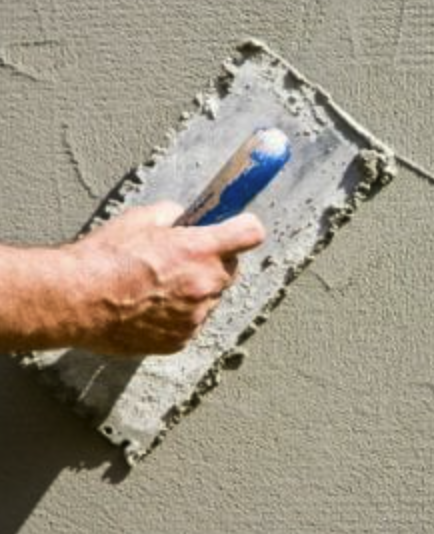
/
ABOUT THE CASE, CLAIM, OR ISSUE
The stucco subcontractor on a high-rise condominium was facing a lawsuit with damages estimated to be $7MM+. The HOA complained that the directly applied stucco had been separating from the concrete and CMU (concrete masonry unit) structure. Stucco separation on a high-rise does pose a serious life safety issue. The stucco subcontractor’s insurance carrier recommended to their designated law firm that they engage Guardian to investigate the alleged construction defects and provide whatever other litigation support might prove necessary.
ABOUT THE INVESTIGATION
One of the first investigative tasks Guardian’s claddings expert performed was to consult the building plans and the specified materials therein. The expert then visited the site to perform a thorough inspection and conduct non-destructive testing. On-site testing of adhesion for stucco has an ASTM standard in which a pull test can be performed to measure the bond between stucco and the underlying substrate. Locating areas where stucco may have lost its adhesion is similar to that for tile whereby a light tap with a hammer or metal object may produce a hollow sound, indicating a possible bond issue. While Guardian’s expert did discover, via randomized testing, a few instances where possible separation may have existed, the expert’s studies did not duplicate the findings of plaintiff’s experts, neither in defect severity or mathematically-computed frequency.
When reviewing the plaintiff’s results, Guardian noted claimed bond failure in areas with CMU. Given the rough surface of CMU it is highly unlikely that stucco will not bond. CMU also has internal cavities which will sound hollow when tapped. When tapping stucco, one must consult the plans and verify the substrate since CMU can have a false positive for hollow sound.
ABOUT THE RESOLUTION
Guardian’s forensic engineer took serious issue with the plaintiff’s expert failure to account for CMU and omission of the ASTM test to verify there was, in fact, a quantifiable bond failure. Less than rigorous sampling is, quite obviously, neither scientific nor fair. In reality, and as demonstrated by Guardian’s expert, when proper protocol was followed, testing results confirmed that the instance of bond failure was extremely low. In fact, the actual failure rate was calculated to be one percent. Guardian’s report detailed a genuine determination of where there was genuine separation, as well as a more realistic determination of defect prevalence and a methodology for locating it. Equipped with this forensic report, the attorneys working on behalf of the insurance carrier reached a settlement with the HOA for only 10% of the initial claim.
ABOUT GUARDIAN & YA GROUP
Providing insurance carriers and their counsel the pragmatic forensic support they need to resolve cases successfully and efficiently, the team of experts at Guardian, now a division of YA Group, is unmatched. Today’s unified construction defect team, operating across the U.S. as well as in Mexico and England, offers you the breadth and depth of construct defect expertise you need to prevail in negotiations and in court. When your construction defect cases require not only proven, specialized expertise but rapid response times, clear communication and problem-solving collaboration, this is the team you can count on. Kindly call on the experts at Guardian & YA Group today.
